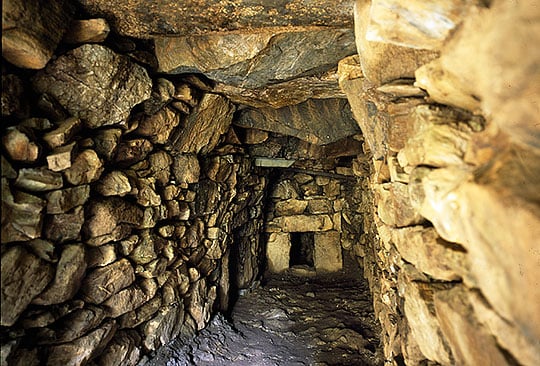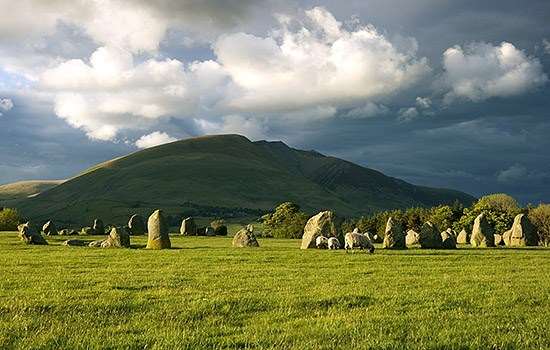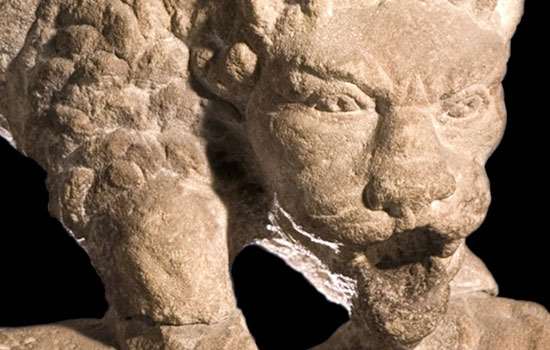History of Halliggye Fogou
The underground complex at Halliggye is one of the most elaborate and best preserved fogous in Cornwall. It is all that remains of an early settlement.

Situated at the top of the hill, the fogou is a complex of underground passages built with massive stone slabs. It is thought to have been constructed in the 5th or 4th centuries BC, in the middle Iron Age.
Fogous, from the Cornish word ‘ogo’ meaning cave, are found only in the far west of Cornwall. Their original function is unclear. They may have been used to store valuables, or as refuges. Fogous could also have been places of ceremony and ritual.
The fogou was built within a small farming settlement known as a round, surrounded by an earthwork enclosure. Over 2,000 such settlements, dating from the Iron Age and Romano-British period, are known in Cornwall.
The round at Halliggye was probably home to several family groups, who lived in four or five houses. Pottery found during recent excavations suggests that the settlement was occupied for 700 years, probably until the end of the Roman period.
Further Reading
Cooke, IM, Mother and Sun: The Cornish Fogou (Penzance, 1993)
Vivyan, RR, Blight, JT and Iago, W, The Halliggye Fogou: an Ancient Cornish Earth Mystery (Penzance, 2001)


